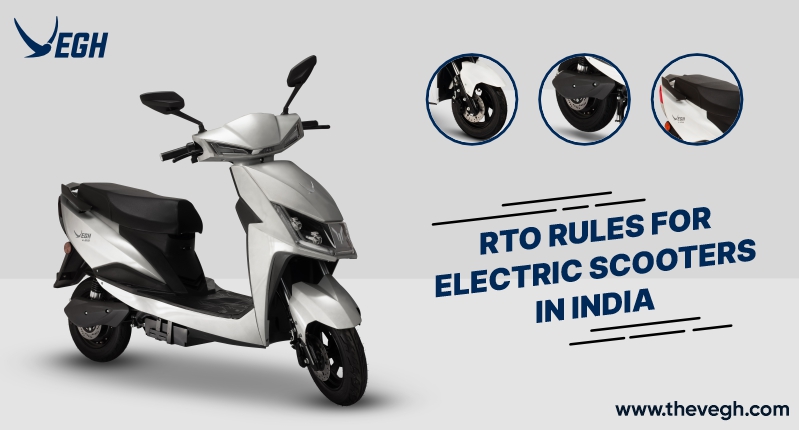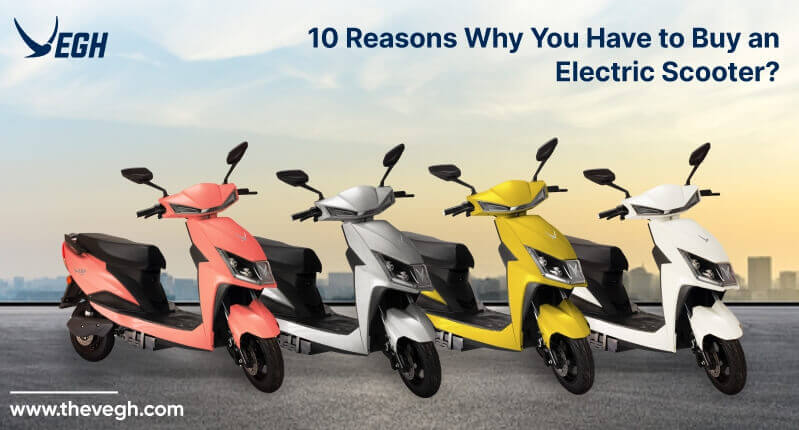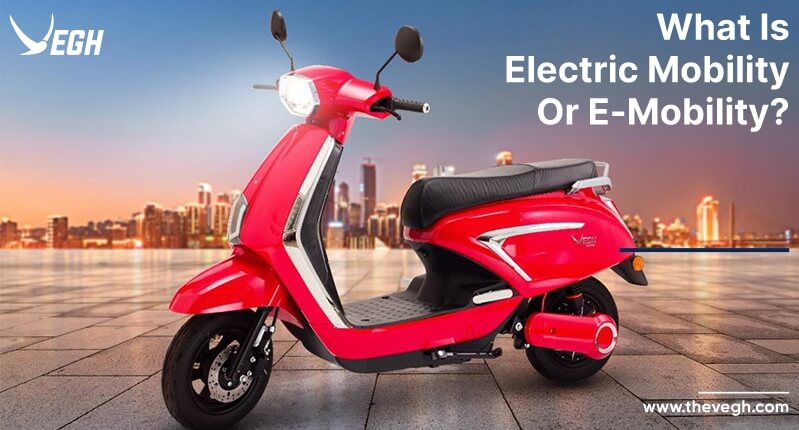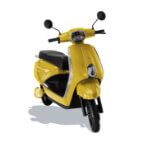Current and prospective buyers of electric scooters should be well-versed with RTO regulations and guidelines regulating electric scooters in India as the country has started adopting electric vehicles. The market of electric two-wheeler in India is rising exponentially. However, one thing which is causing problems for electric scooter buyers in India is the RTO regulation. RTO regulations are different for electric scooters and ICE scooters. This blog will go through all of India’s updated RTO regulations for electric scooters. We will also be looking at the ARAI approval and testing standards, insurance, license plate and registration requirements, road tax, helmet regulations, and subsidies for electric scooters in India.
Rules and safety criteria for electric scooters in India:
Every EV in India must receive the ARAI’s (Automotive Research Association of India) clearance. However, because they are considered e-bicycles and do not go through rigorous ARAI testing, electric scooters with a top speed of little more than 25 km/h are not included. Electric vehicles that travel over the 25 km/h speed limit undergo extensive testing by CMVR standards. Transportation rules, such as insurance, taxes, registration, etc., do not apply to electric bicycles.
License requirement
To operate any motor vehicle on Indian roadways, you must have a valid driving license. It is forbidden to operate a car without a current driver’s license. Electric scooters are not exempt from this rule and require a license. If the rider does not have a license for an electric scooter, insurance companies are not responsible for compensation in the event of an accident.
However, the license is only required for electric scooters with a speed of more than 25 kmph. Slow-speed electric scooters like Vegh S25 and Vegh L25 do not require any license.
Documents for EV registration
Documents accepted as proof of identity
- Aadhar card
- Election card
- Driving license
- PAN card
- Indian passport
Documents accepted as proof of address
- Aadhar card
- Electricity bill
- Water bill
- Telephone bill
- Bank statement
- Election card
- Indian passport
Number Plate Color Code
According to RTO rules, EVs and electric scooters must have a green license plate. RTO has assigned several color codes for each class to distinguish between different vehicle kinds.
- Private EVs and electric scooters feature a white number with a green background.
- The number plate on commercial EVs and electric scooters are yellow with a green backdrop.
A helmet is required for riders of electric scooters with a speed of more than 25 km/h. The regulation exempts users of electric scooters traveling at less than 25 km/h from wearing a helmet. But for the sake of life safety in the event of an accident, it is advised to wear a helmet.
Electric Vehicle Road Tax:
Every state imposes its own road tax. The state’s method of recouping the cost of building roads and highways is through a road tax.
Electric Vehicle Registration:
In February 2020, the Ministry of Road Transport and Highways suggested waiving the registration price for electric vehicles and scooters. This was done to encourage people to use electric vehicles for transportation. To further encourage the manufacturing and purchasing of electric vehicles, the government introduced subsidies like FAME (Faster Adoption and Manufacturing of Hybrid and Electric) and FAME.
The electric vehicle (EV) market is booming, and many buyers favor EVs over their conventional internal combustion engine (ICE) counterparts. This transformation results from several factors, including growing fuel prices and the need for sustainability around the world. Electric scooters from many manufacturers are available with enticing features as electric vehicle technology continues to advance quickly. Since they differ from the regulations that apply to conventional ICE vehicles, you must be aware of the laws that apply to electric scooters and vehicles before making a purchase.









